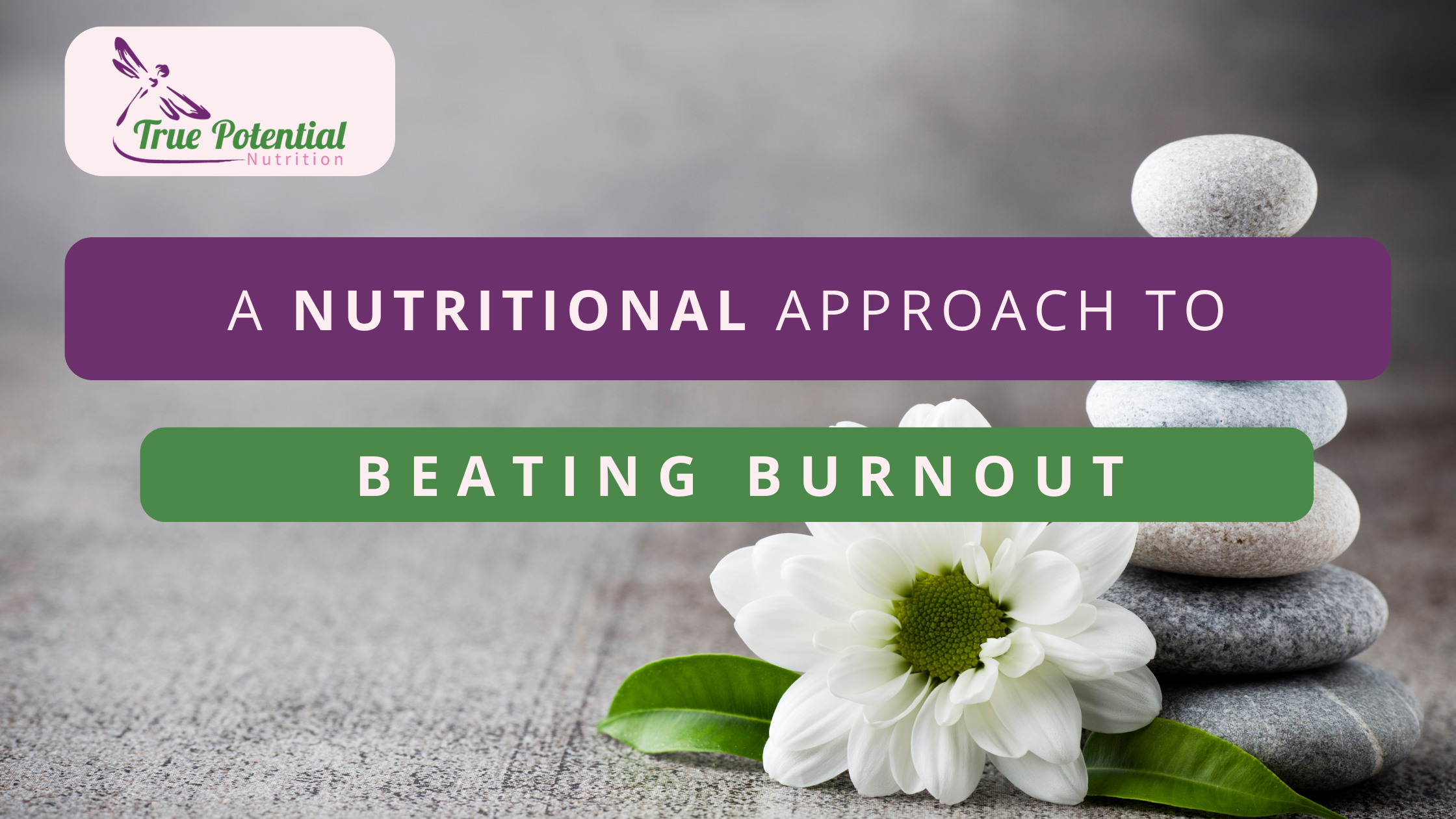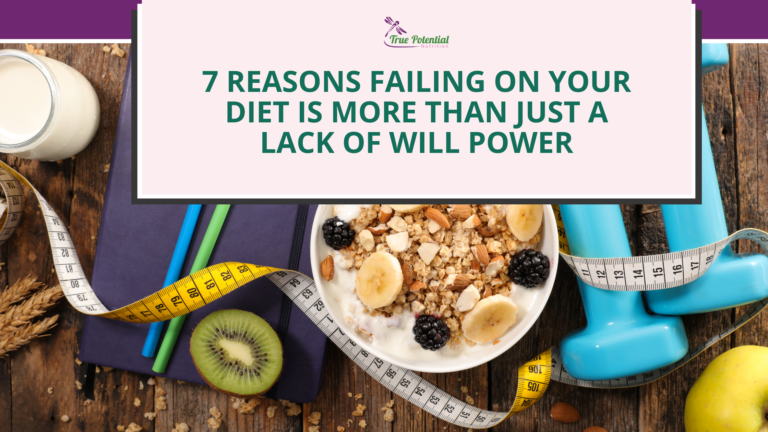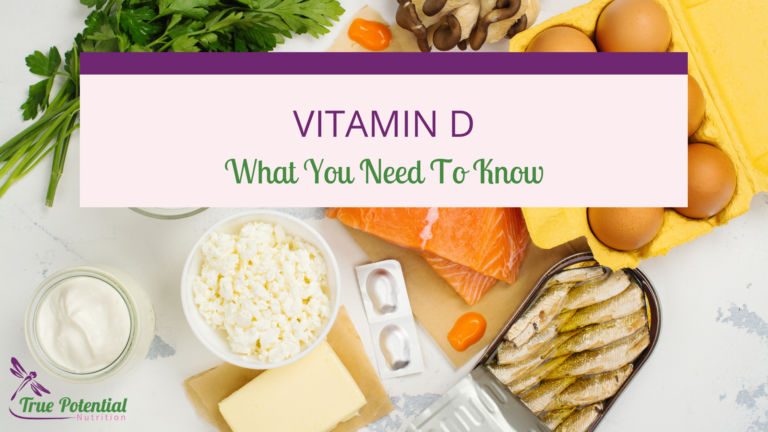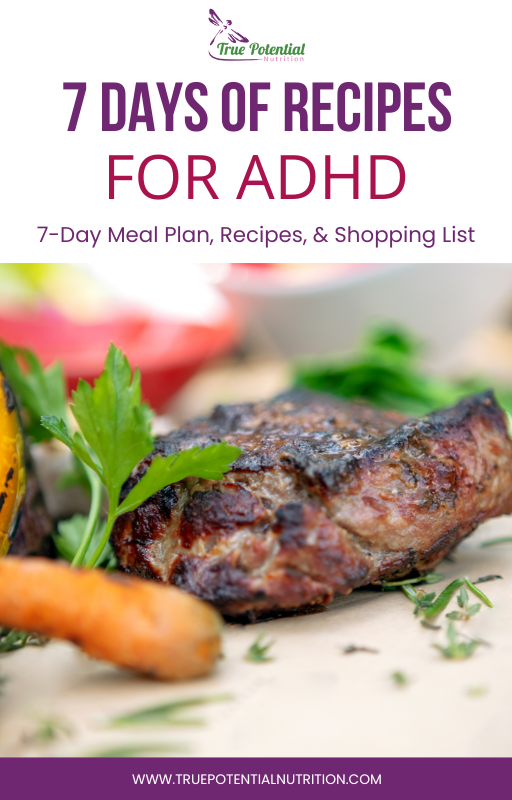By Danielle MacDowell M.S., CNS, LDN, M.Ed, BCBA, LABA

Main Takeaways
- Burnout refers to a state of emotional, physical, and mental exhaustion caused by prolonged stress.
- Symptoms of burnout can include: fatigue, insomnia, mood changes, decreased productivity, pain, headaches, and gastrointestinal issues.
- Burnout symptoms can be subdivided into 3 domains, emotional exhaustion, depersonalization, and perceived lower accomplishment.
- Healthier eating patterns have been associated with lower burnout scores.
- Perceived stress is linked to an increase in unhealthy eating patterns.
- There are several strategies that can be used to control your environment so that it doesn’t control you. *In this article, you will learn how to make your environment work for you rather than against you.
- It is important to address burnout early on to prevent it from worsening and negatively impacting your health and work performance.
Table of Contents
What Is Burnout?
Burnout refers to a state of emotional, physical, and mental exhaustion caused by prolonged stress.
It is characterized by:
- Feelings of cynicism and mental detachment
- Exhaustion and feelings of mental depletion
- Reduced professional performance.[1]
While burnout tends to be more prevalent amongst helping professionals (e.g. healthcare workers, teachers, emergency responders,etc.), burnout can impact people across professions. Burnout can be caused by a variety of factors such as work overload, lack of control, insufficient rewards, and conflicts in the workplace. While burnout is certainly not a new phenomenon in the workplace, it appears to be more prevalent in some professions since COVID. [2]
Symptoms of Burnout
Symptoms of burnout can include:
- Fatigue
- Insomnia
- Mood changes
- Decreased productivity
- Pain
- Headaches
- Gastrointestinal issues [3]
Burnout symptoms can be subdivided into 3 domains, emotional exhaustion, depersonalization, and perceived lower accomplishment.[4] Considering that these symptoms can easily fit under various mental health diagnoses, burnout may be mistaken for a mental health condition, such as depression.
It is important to address burnout early on to prevent it from worsening and negatively impacting your health and work performance. So, being aware of these symptoms can be helpful in your burnout recovery period. Fortunately, there are things that can be done to prevent and manage burnout. However, it should be noted that in spite of our desired timeline, these strategies often take a while to take hold and reduce burnout symptoms.
Strategies for Burnout Prevention
Strategies for preventing or managing burnout include:
- Proper nutrition
- Exercise
- Stress management
- Regular breaks
- Self-care
- Boundaries
- Support from others
The Link Between Nutrition and Burnout
Burnout and depression present similarly, so it is hypothesized that nutritional strategies that positively impact depression may also impact burnout.
In a Finnish study evaluating women with moderate burnout symptoms, researchers found that lower scores were associated with healthier eating patterns, which can be seen below. [4] It is suspected that the positive influence of these foods on symptoms of burnout can be attributed to the impact they have on the gut microbiome as well as on inflammation.[4]
Foods to Include Reduce Burnout:
- Unprocessed nuts, seeds
- Legumes
- Whole grains
- Fish
- Eggs
- White Meat
- Low fat dairy
- Eggs
Foods to Limit or Avoid to Reduce Burnout
- Processed foods
- Red Meat and processed meats
- Sweets, including candy, pastries, ice cream etc.
- Sweet drinks, including juice and soda
- Refined grains
Food Choices and Burnout: A Bidirectional Relationship
While we understand that diet can positively impact people’s mental and physical health, we also know that eating healthy can be challenging when under stress. That said, it comes as no surprise that perceived stress is linked to an increase in unhealthy eating patterns.
The body requires proper nutrients to manage stress. So, as difficult as it is, eating healthy under these conditions is particularly important.
Yes, I know……Easier said than done. Right?
I am sure that we have all been there. I certainly have. Although I hate to admit it, there have been many nights where I filled a bowl up with popcorn and called it dinner because I couldn’t fathom putting in the effort to prepare a healthy meal.
So, what do we do about the burden of stress on our eating habits? We can prepare. And, I am not simply speaking about meal prep. I want to go a step further and discuss how we can make environmental changes to support healthy choices.
Strategies to Promote Healthy Eating When Burnt Out
Many of us want to make good choices for ourselves when we our stressed. However, sometimes, that responsibility feels to big. So, let’s talk about how you can control your environment so that your environemnt doesn’t control you. Below are some quick tricks to make your environment work for you rather than against you.
Stimulus Control:
Stimulus control is a fancy way of saying “making changes to your environment to support a specific behavior”. In this case the behavior we want to increase is healthy eating. Some example of you how can make your environment work for you can be found below.
Examples:
- Pantry makeover:
- Replace unhealthy foods with healthy foods
- Keep healthy foods available and within reach
- Meal Prep or purchase meal plan subscription
- Smaller plates and bowls
- Mindful eating
Antecedent control:
Antecedent control essentially means that you are utilizing proactive strategies to increase/decrease (e.g. healthy eating habits).
Examples:
- Eat at the table
- Avoid watching tv or doing work while eating
- Meal prep
- Check-in with a mindful eating app (I personally love the ATE app, but there are additional apps to choose from, so select what speaks to you.)
- Review menu before going out to eat
- Stabilize blood sugar throughout day
- Eat a balanced snack/meal before shopping.
Self-Monitoring:
Self-monitoring in the context of eating includes, paying attention to what you eat, why your eating, how much you ate, and how you felt before and after eating.
For some people, self-monitoring can bring awareness back to your plate. For others, it can create hypervigilance and anxiety. So, you have to determine if self-monitoring feels like a good strategy for you.
- Tools: Apps, wearable devices, food journal
Reinforcement:
Encouraging healthy eating behaviors with positive consequences. It can take a while for you to feel the effects of a healthy diet, so adding in some additional rewards may be the thing that you need to get and stay motivated. If you choose to go this route, it should be completely dependent on what motivates YOU. So, I encourage you to write down 10 things that make you excited.
Examples:
- Massage
- Night out
- Shopping
- Monetary rewards
- Posting success pictures/stories on social media
- Sharing success stories with friends
Final Thoughts and Main Takeaways
Burnout can lead to decreased motivation, disengagement, and poor performance. Moreover, catching burnout early can prevent you from experiencing more severe symptoms such as depression, anxiety, and chronic fatigue syndrome. By catching burnout early, you can take steps to prevent it from affecting your work or personal life significantly.
1:1 Consultations and Functional Testing with True Potential Nutrition
Feeling burnt out or chronically stressed and not sure where to go from here? Let us take some of the burden off of you. Visit this link to set up a free discovery call to learn how we can help you.
- Khammissa RAG, Nemutandani S, Feller G, Lemmer J, Feller L. Burnout phenomenon: neurophysiological factors, clinical features, and aspects of management. J Int Med Res. 2022;50(9):3000605221106428. doi:10.1177/03000605221106428
- Lucy CA, Wojtaszek J, LaLonde L, et al. Pediatrician Burnout Before and After the COVID-19 Pandemic. J Prim Care Community Health. 2023;14:21501319231194148. doi:10.1177/21501319231194148
- Hammarström P, Rosendahl S, Gruber M, Nordin S. Somatic symptoms in burnout in a general adult population. J Psychosom Res. 2023;168:111217. doi:10.1016/j.jpsychores.2023.111217
- Penttinen MA, Virtanen J, Laaksonen M, et al. The Association between Healthy Diet and Burnout Symptoms among Finnish Municipal Employees. Nutrients. 2021;13(7):2393. Published 2021 Jul 13. doi:10.3390/nu13072393





